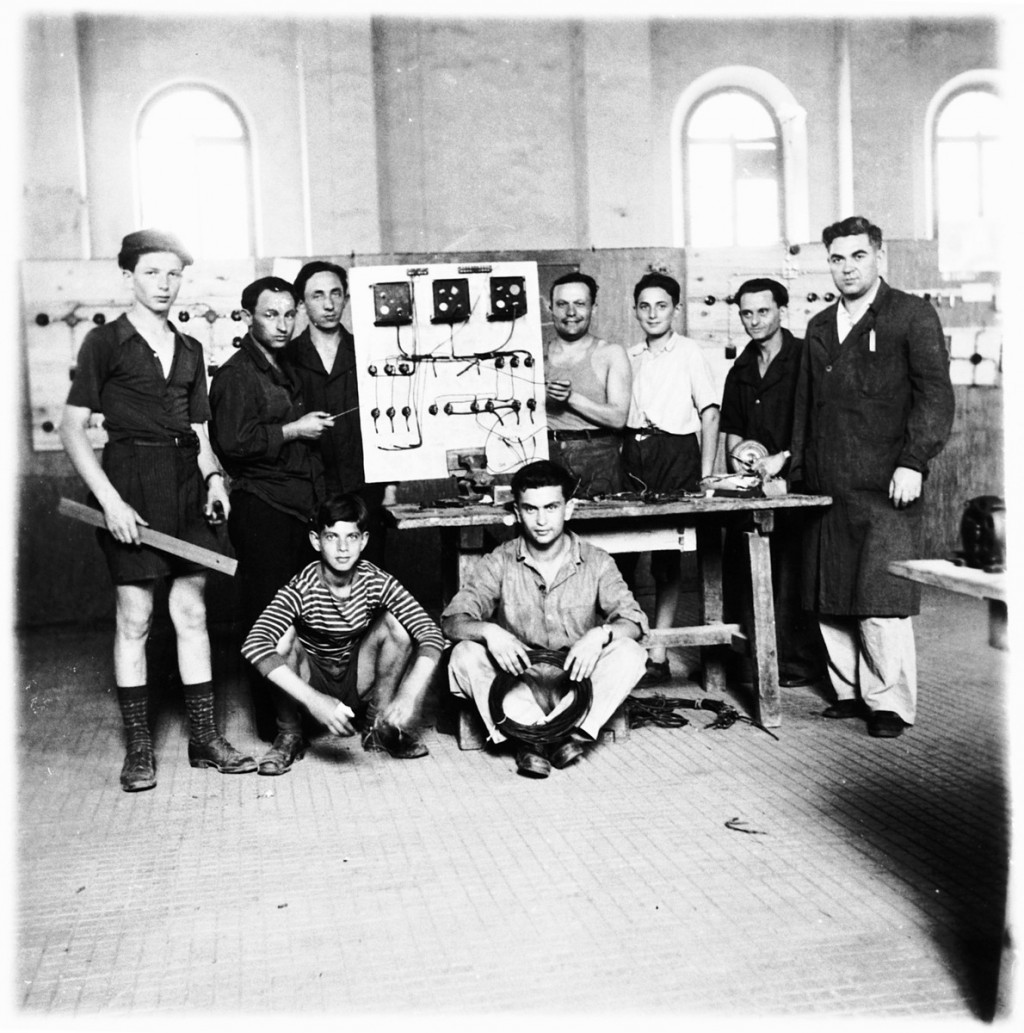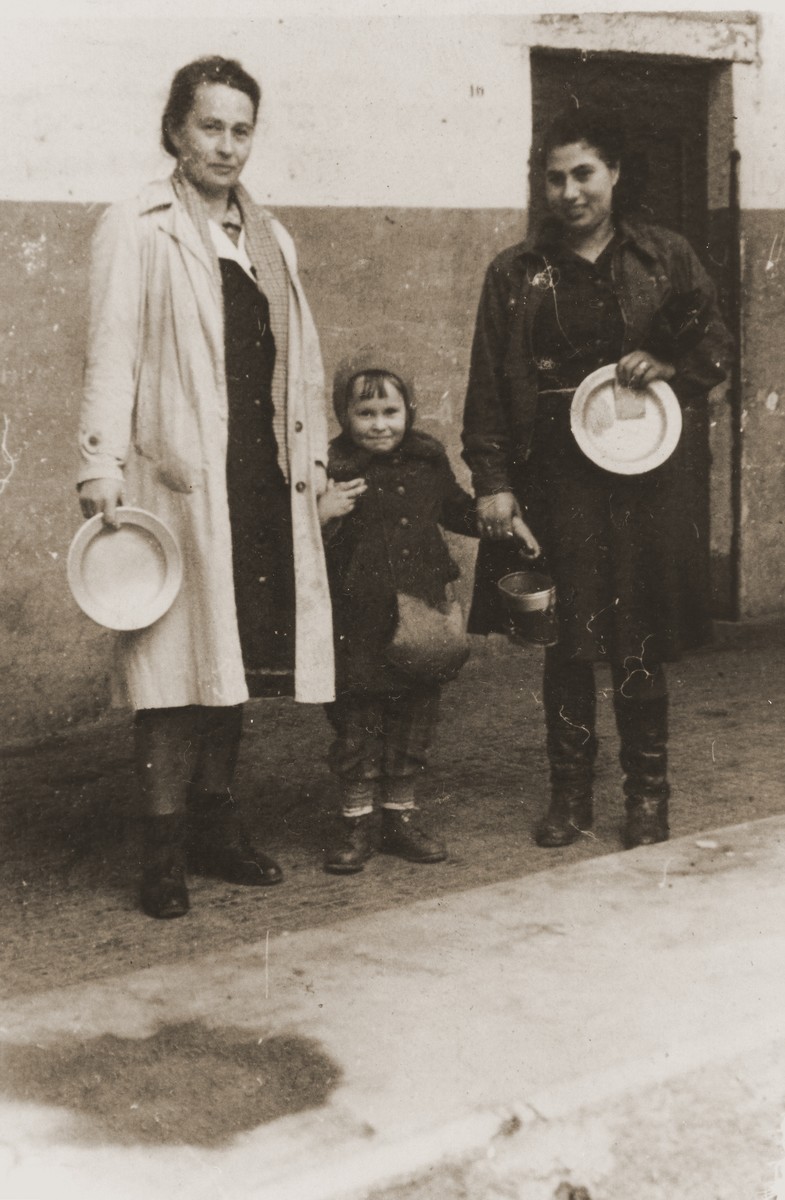
Cremona Displaced Persons Camp
For the Jews who survived the Holocaust, the end of World War II brought new challenges. Many could not or would not return to their former homelands, and options for legal immigration were limited. In spite of these difficulties, these Jewish survivors sought to rebuild their shattered lives by creating flourishing communities in displaced persons camps in Germany, Austria, and Italy. In an unparalleled six-year period between 1945 and 1951, European Jewish life was reborn in camps such as Cremona.
Background

Located in the hills surrounding Milan, Cremona was one of the largest displaced persons (DP) camps in northern Italy. It housed between 1,000 and 1,200 refugees in 1945-47. The camp population was predominantly Jewish and was continuously in flux due to its proximity to the Austrian border, where Jews hoped to cross into Italy and arrange emigration. Founded by the UNRRA (United Nations Relief and Rehabilitation Administration) in the quarters of a requisitioned schoolhouse, Cremona DP camp suffered a severe clothing and food shortage in the summer of 1946, partially due to the difficulty of providing for a transient population.
The shortage led to a decline in the population from nearly 1,100 in June 1946, to 950 in November 1946. The Joint (The American Jewish Joint Distribution Committee) responded by organizing the shechita (ritual slaughter) of kosher beef in Cremona. The camp also hosted the first children’s dormitory in the Italian UNRRA camps. The Joint hailed Cremona's workshops as the "best organized in the whole of Italy" in November 1946, praising the camp's success in producing small radios that the Joint distributed in other Italian camps. Cremona housed 1,142 people on March 31, 1947, several months before the population was shifted to southern Italy.
Survivor Testimony
An edited collection of early narratives of Holocaust survivors, Fresh Wounds, edited by Donald L. Niewyk, contains an interview with survivor Isaac W., who recalls his experiences in Cremona:
“We were put into the Cremona camp, eighty kilometers from Milan. Before it had been an armory for soldiers. [It was] like a stable, without doors, without windows, the floor of stone. We lived in one room, eighty people. My entire kibbutz was there.”
Critical Thinking Questions
- What challenges did survivors face in the DP camps?
- What challenges did the Allies face in establishing and supervising DP camps?
- What responsibilities do (or should) other nations have regarding refugees from war and genocide?

